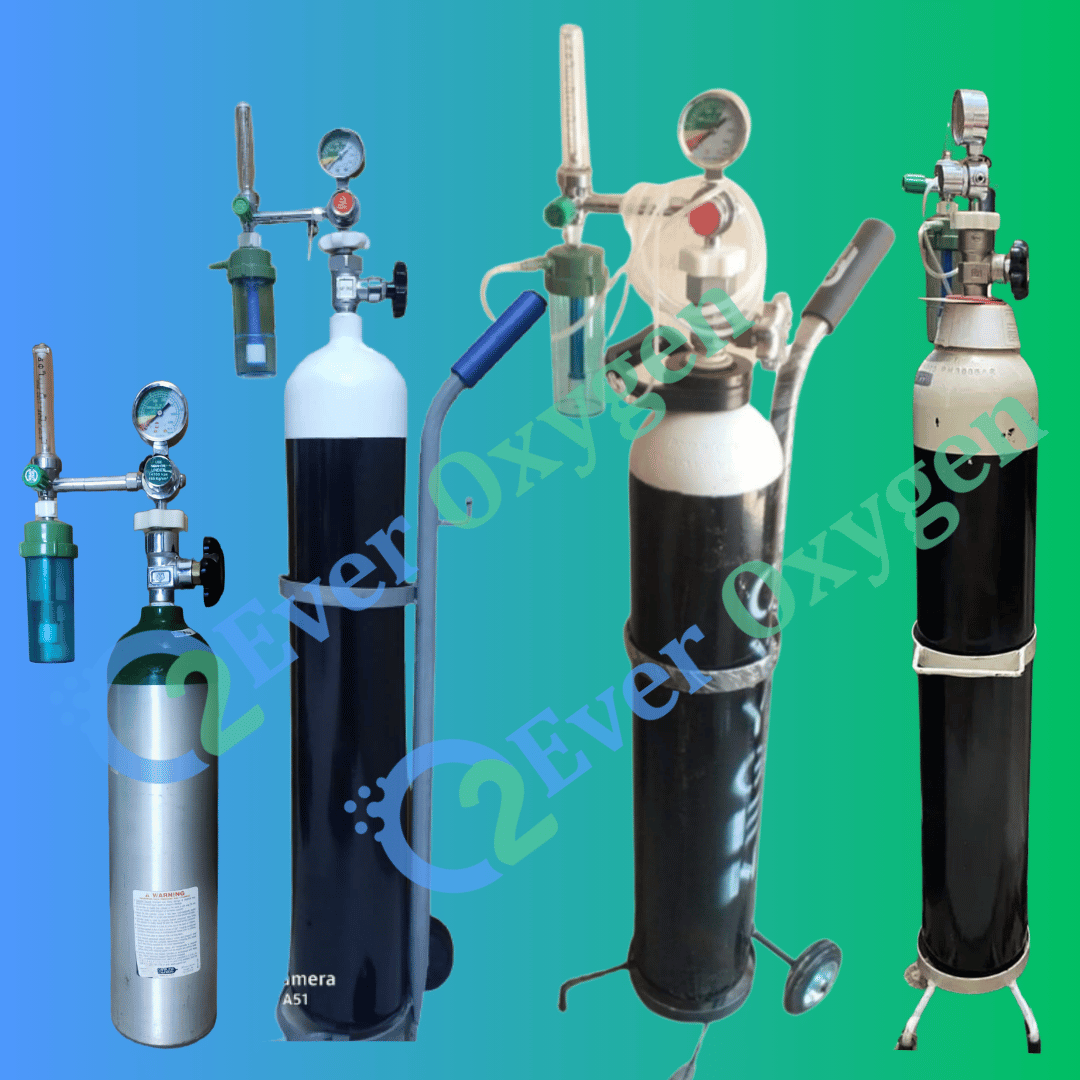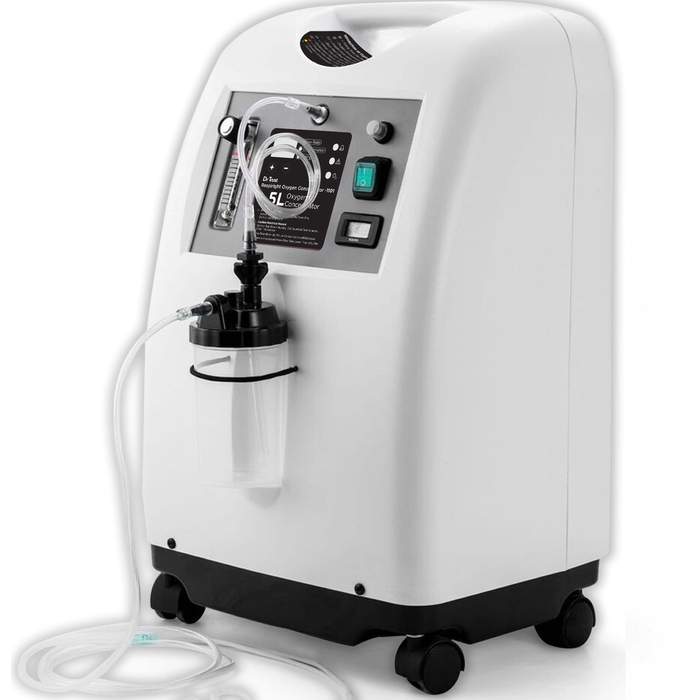
Discount up to 35% for first purchase only this month.

Due to major advances in the medical field, today’s oxygen generators are compact, small, quiet, and light, but still provide maximum compliance and high performance. Older oxygen concentrators are cumbersome and heavy, making it difficult for patients to perform oxygen therapy while traveling. Or away from home. Today, you can choose between a stationary home oxygen concentrator and a portable oxygen concentrator (POC), so you can easily take it with you wherever you go.
What is an oxygen generator? Definition of oxygen concentrator: An oxygen concentrator is a medical device used to provide oxygen to people who have difficulty breathing. People whose blood oxygen levels are below normal usually need an oxygen concentrator. Oxygen replaces oxygen. Generally, you cannot buy an oxygen generator without a prescription. The doctor should prescribe after a thorough physical examination.
Doctors also often show patients how to actively use these hubs when traveling and at home. The oxygen concentrator filters the ambient air, compresses it to the required density, and then delivers the purified medical grade oxygen to the pulsed dose delivery system or continuous flow system to the patient.It is also equipped with special filters and screens to help remove nitrogen from the air to ensure that patients are provided with completely pure oxygen. These devices also have an electronic user interface for setting oxygen levels and delivery parameters. Then inhale oxygen through a nasal cannula or special mask. Usually, it measures the capacity of the oxygen generator in liters per minute (liters per minute). Your doctor will determine how much oxygen you need, which may vary during rest, sleep, and exercise.
What is the oxygen generator used for? There are many reasons for using an oxygen generator, and doctors can recommend oxygen therapy to patients for various situations. Normally, the lungs absorb oxygen from the air and transport it to the blood. If you recently had a blood test or pulse oximetry to assess your blood oxygen level and your blood oxygen level is low, your doctor may recommend short-term or long-term oxygen therapy.
Consistent and reliable shipping – that's our promise.
We're here to help! Get fast and friendly solutions to your questions.
Shop with confidence. Money back guaranteed.
Your payment information is safe with our secure systems.
